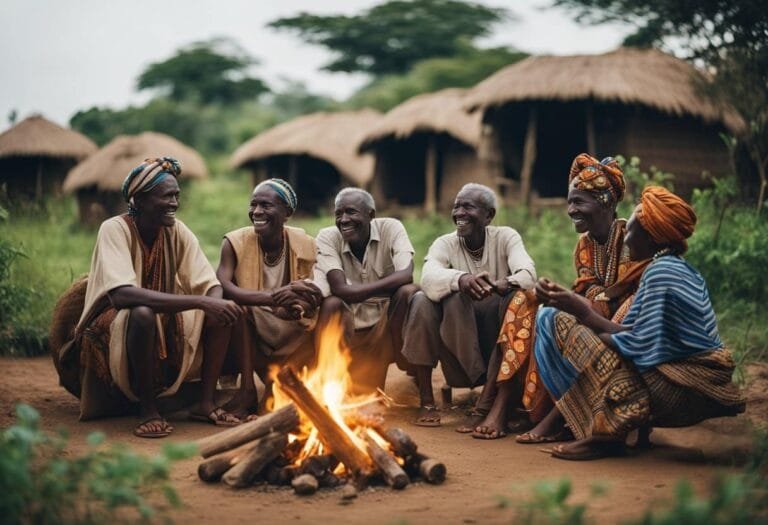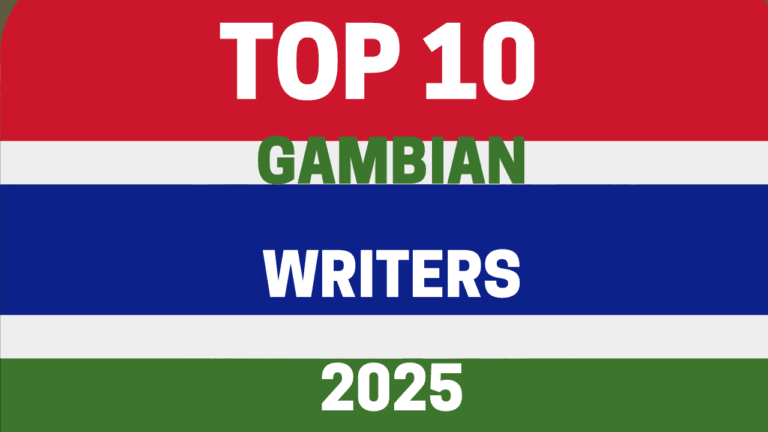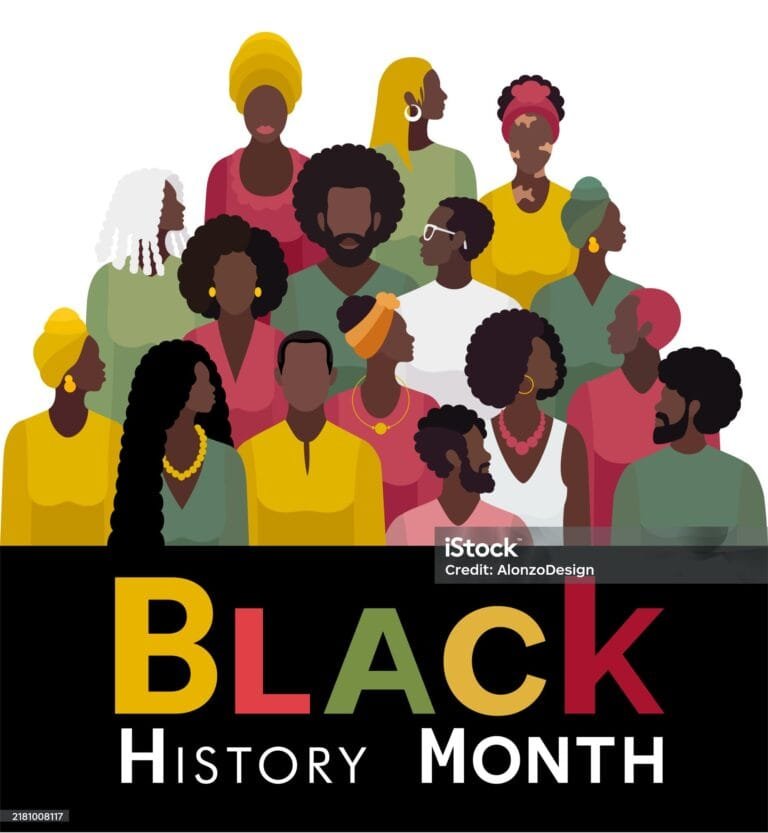5 Self-Publishing Lessons for Gambian Authors: From Manuscript to Global Audience
The journey from writing to publishing is never easy, particularly for Gambian writers. With limited publishing options, little guidance, and even fewer success stories, it can feel like navigating a path with no map. However, this doesn’t mean the journey is impossible. I’ve walked this road, having published three books and built an audience across various platforms. Here are five lessons every Gambian writer should learn before entering the publishing world.
1. Recognise the Challenges in Gambian Publishing
The publishing industry in The Gambia is still in its developmental stage. Most writers struggle to get their work accepted by local publishers, and even those who do often face financial and logistical hurdles. I went through this myself—my manuscripts were stuck, I received false promises, and I faced delays that resulted in a deep sense of discouragement. Ultimately, that experience led me to search for alternatives.
2. Embrace Self-Publishing
Amazon KDP changed everything for me, as it offered both freedom and visibility. If you’re new to KDP, here’s a simple breakdown:
- Prepare Your Manuscript: Edit carefully. Then, format it for print or ebook using Word or other free tools.
- Create a Cover: Canva is a free and effective option, or consider hiring a professional designer.
- Sign Up for Amazon KDP: It’s free to sign up. After that, follow the steps to upload your book.
- Choose Pricing & Distribution: You have control over how much you earn and where your book appears.
- Publish and Promote: Once the book is live, you can start sharing it. Use your unique story and voice to market it, rather than relying on tricks and gimmicks.
Self-publishing is not an easier path, but it puts the power to publish directly in your hands.

3. Stay True to Your Voice
This is especially important for Gambian and other African writers. Avoid changing your voice to sound foreign or to “sell better.” People want to read real stories. Authenticity connects with readers far more effectively than trying to write like someone you’re not. So, write with your own rhythm, reflect your own place, and let your experience guide the reader.
4. Build a Digital Presence Early
Please don’t wait until your book is finished before discussing it. Here’s what helped me:
- Create a Simple Website: Share updates, blog posts, and links to your books.
- Use Social Media Wisely: Post consistently. Talk about your writing, your culture, and your journey.
- Optimise for Search: Use keywords your audience searches for, such as “Gambian writers” or “African migration stories.”
This is how 16% of my Google traffic came from first-time visitors—people discovering my work just by searching.
5. Connect with the Writing Community
Writing can be a lonely journey, but it doesn’t have to be. Seek opportunities to engage with the community.
- Join Groups: You can find Gambian writing groups on Facebook and WhatsApp. Find your people!
- Attend Events: Even online ones can be beneficial. I’ve learned a lot from free Zoom workshops.
- Collaborate: Write joint essays, co-author projects, or support another writer’s launch.
You’ll grow faster when you grow together.
Final Thoughts
Writing from The Gambia for a global audience is not only possible—it’s already happening. I am proof of that. From Il Deserto Non Ha Cielo, to Five and a Half Senses, The Little Book of Afrocanos, and now A Letter to My Dead Friend from The Gambia, I’ve shared stories that started with a pen and ended up in readers’ hands worldwide. Use these lessons to guide your journey. Publish. Share. Learn. Then, repeat.
Do you have any questions about these steps? Please contact me directly at Info@laminceesay.com or through my social media channels. Let’s grow together.





